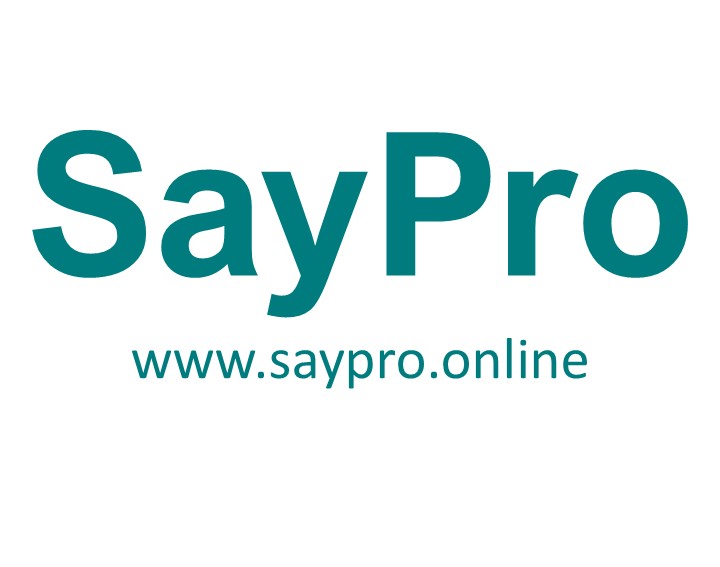SayPro Monthly January SCMR-5 SayPro Monthly Monthly Classified Location Detection: Use geolocation to autodetect user location for localized ads by SayPro Classified Office under SayPro Marketing Royalty SCMR
Testing of Location-Based Ads
Task Overview: This task focuses on conducting A/B testing for location-based classified ads to evaluate their performance and optimize placements based on real-time results. The goal is to leverage geolocation technology to improve the effectiveness of classified ad placements tailored to specific geographic locations.
Task Details:
- Objective: To test location-based ads by utilizing A/B testing methodologies to determine which version of the ads (localized or non-localized) performs better in terms of engagement, clicks, and conversion rates. The results will help identify the optimal placement and ad customization needed to target users based on their geographic location.
- Scope: This task will involve using the geolocation capabilities of the classified software to automatically detect the user’s location and serve them relevant, localized ads based on that data. The focus is on ensuring that users in different regions receive ads that are more relevant to them, improving user engagement and ad performance.
- Key Steps:
- Setup A/B Testing Framework:
- Create two versions of location-based ads: one with localized content (ads tailored to a specific geographic region) and another with non-localized content (generic ads).
- Set up tracking for user interactions, such as clicks, conversions, and time spent on ads, to evaluate ad performance.
- Geolocation Integration:
- Implement geolocation features to automatically detect the user’s location.
- Ensure the classified software is capable of serving localized ads based on accurate location data.
- Ad Placement:
- Place the location-based ads in multiple locations across the classified platform, including category pages, search results, and homepage banners.
- Ensure that each ad placement is tested under both versions (localized and non-localized).
- Data Collection & Analysis:
- Track user engagement metrics such as click-through rates, conversion rates, and bounce rates for both ad versions.
- Analyze data to determine if localized ads outperform generic ads in terms of engagement and conversions.
- Optimization:
- Based on the results of the A/B test, make data-driven adjustments to the ad placements.
- Optimize ad targeting and placement strategies to better align with user preferences based on their location.
- Reporting & Recommendations:
- Compile the test results into a comprehensive report.
- Provide recommendations for future ad strategies, including best practices for using geolocation for ad targeting.
- Setup A/B Testing Framework:
- Timeline:
- Task Start: January 5, 2025
- A/B Testing Period: January 5 – January 12, 2025
- Data Analysis & Optimization: January 13 – January 14, 2025
- Final Report Submission: January 15, 2025
- Team Involved:
- SayPro Marketing Team: To oversee the ad creation and testing process.
- SayPro Classified Office: To ensure the geolocation features are integrated and functioning properly for accurate user location detection.
- SayPro Analytics Team: To monitor the A/B testing results, analyze data, and provide insights.
- Outcome: By January 15, 2025, the team should have a clear understanding of how localized ads perform compared to non-localized ads. The insights from this testing will inform ongoing ad strategies and help enhance user targeting, ensuring that ads are more relevant and engaging based on location. The successful execution of this task will also ensure that location-based ad placement is optimized to meet user needs and improve overall ad performance.

